DirectX 11 on Windows 10 Tutorials
![]()
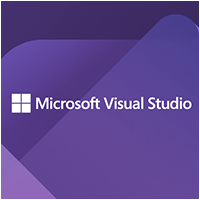 |
Tutorial 1: Setting up DirectX 11 with Visual Studio 2022 |
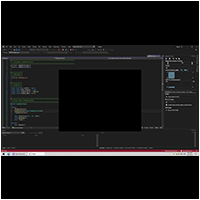 |
Tutorial 2: Creating a Framework and Window |
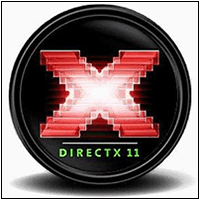 |
Tutorial 3: Initializing DirectX 11 |
 |
Tutorial 4: Buffers, Shaders, and HLSL |
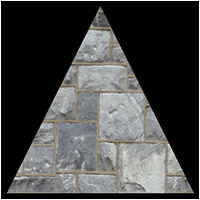 |
Tutorial 5: Texturing |
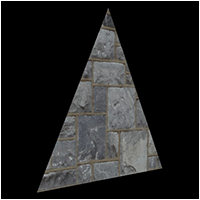 |
Tutorial 6: Diffuse Lighting |
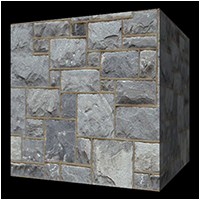 |
Tutorial 7: 3D Model Rendering |
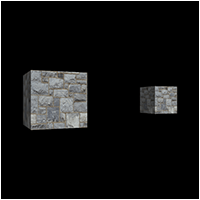 |
Tutorial 8: Scaling, Rotation, and Translation |
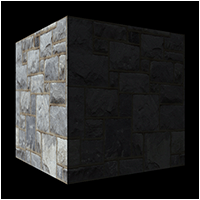 |
Tutorial 9: Ambient Lighting |
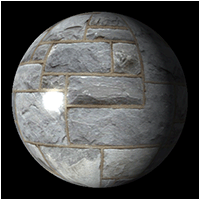 |
Tutorial 10: Specular Lighting |
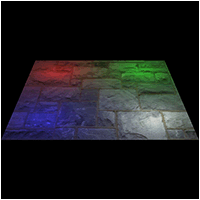 |
Tutorial 11: Multiple Point Lights |
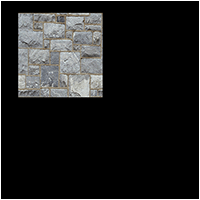 |
Tutorial 12: 2D Rendering |
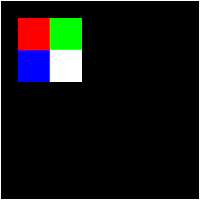 |
Tutorial 13: Sprites and Timers |
 |
Tutorial 14: Font Engine |
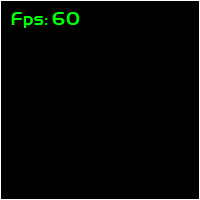 |
Tutorial 15: FPS Counters |
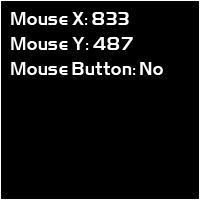 |
Tutorial 16: Direct Input |
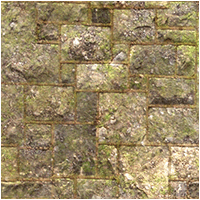 |
Tutorial 17: Multitexturing |
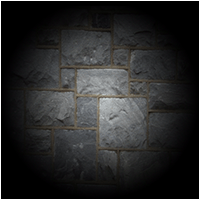 |
Tutorial 18: Light Maps |
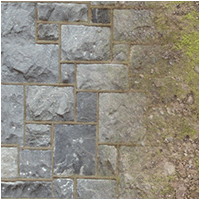 |
Tutorial 19: Alpha Mapping |
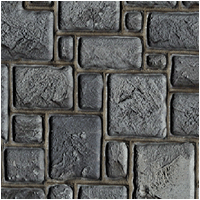 |
Tutorial 20: Normal Mapping |
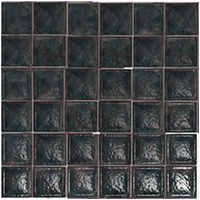 |
Tutorial 21: Specular Mapping |
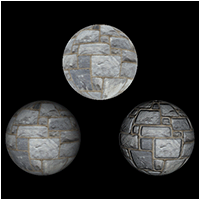 |
Tutorial 22: Managing Multiple Shaders |
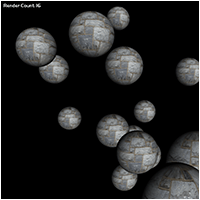 |
Tutorial 23: Frustum Culling |
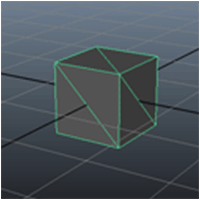 |
Tutorial 24: Loading Maya Models |
 |
Tutorial 25: Render to Texture |
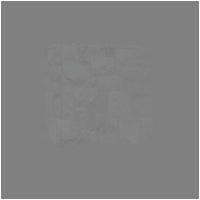 |
Tutorial 26: Fog |
 |
Tutorial 27: Clipping Planes |
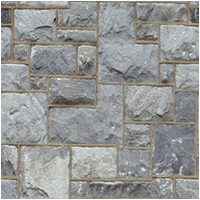 |
Tutorial 28: Texture Translation |
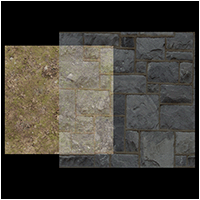 |
Tutorial 29: Transparency |
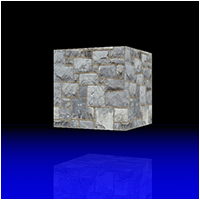 |
Tutorial 30: Reflection |
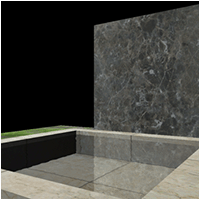 |
Tutorial 31: Water |
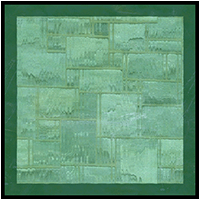 |
Tutorial 32: Glass and Ice |
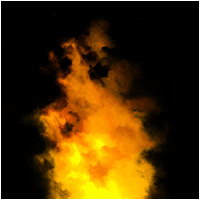 |
Tutorial 33: Fire |
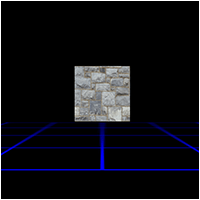 |
Tutorial 34: Billboarding |
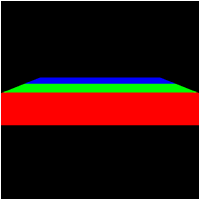 |
Tutorial 35: Depth Buffer |
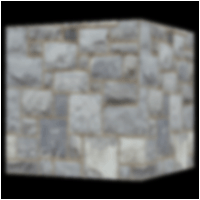 |
Tutorial 36: Blur |
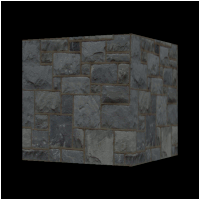 |
Tutorial 37: Screen Fades |
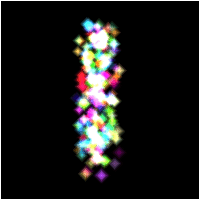 |
Tutorial 38: Particle Systems |
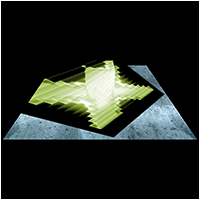 |
Tutorial 39: Projective Texturing |
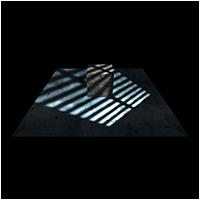 |
Tutorial 40: Projected Light Maps |
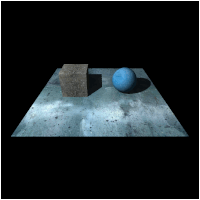 |
Tutorial 41: Shadow Mapping |
 |
Tutorial 42: Multiple Light Shadow Mapping |
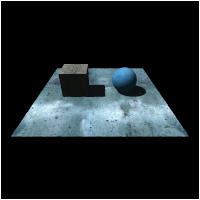 |
Tutorial 43: Directional Shadow Maps |
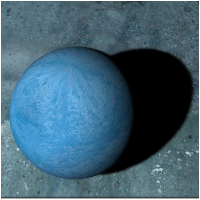 |
Tutorial 44: Soft Shadows |
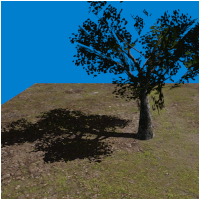 |
Tutorial 45: Shadow Mapping and Transparency |
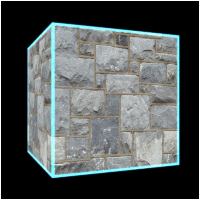 |
Tutorial 46: Glow |
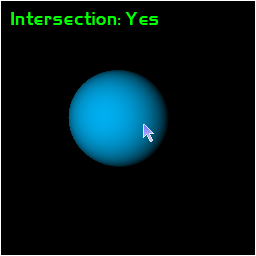 |
Tutorial 47: Picking |
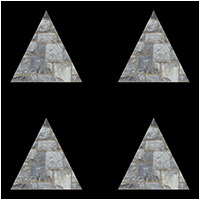 |
Tutorial 48: Instancing |
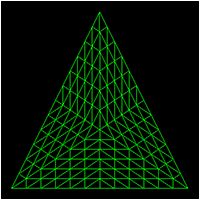 |
Tutorial 49: Hardware Tessellation |
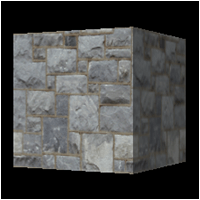 |
Tutorial 50: Deferred Shading |
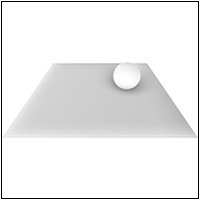 |
Tutorial 51: Screen Space Ambient Occlusion |
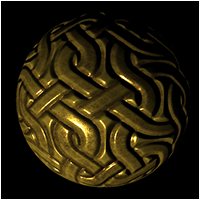 |
Tutorial 52: Physically Based Rendering |
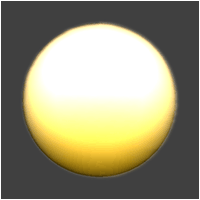 |
Tutorial 53: Heat |
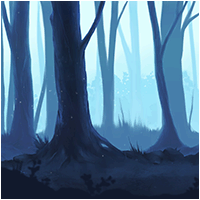 |
Tutorial 54: Parallax Scrolling |
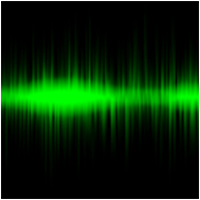 |
Tutorial 55: Direct Sound |
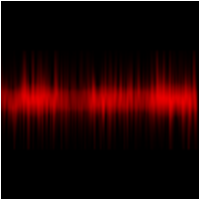 |
Tutorial 56: 3D Sound |
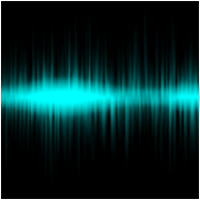 |
Tutorial 57: XAudio2 |
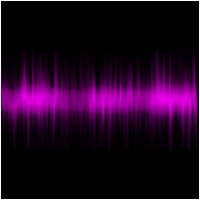 |
Tutorial 58: X3DAudio |
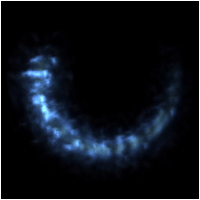 |
Tutorial 59: Animated Particles |
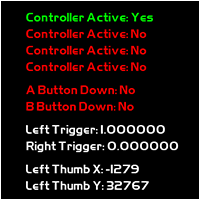 |
Tutorial 60: XInput |
![]()